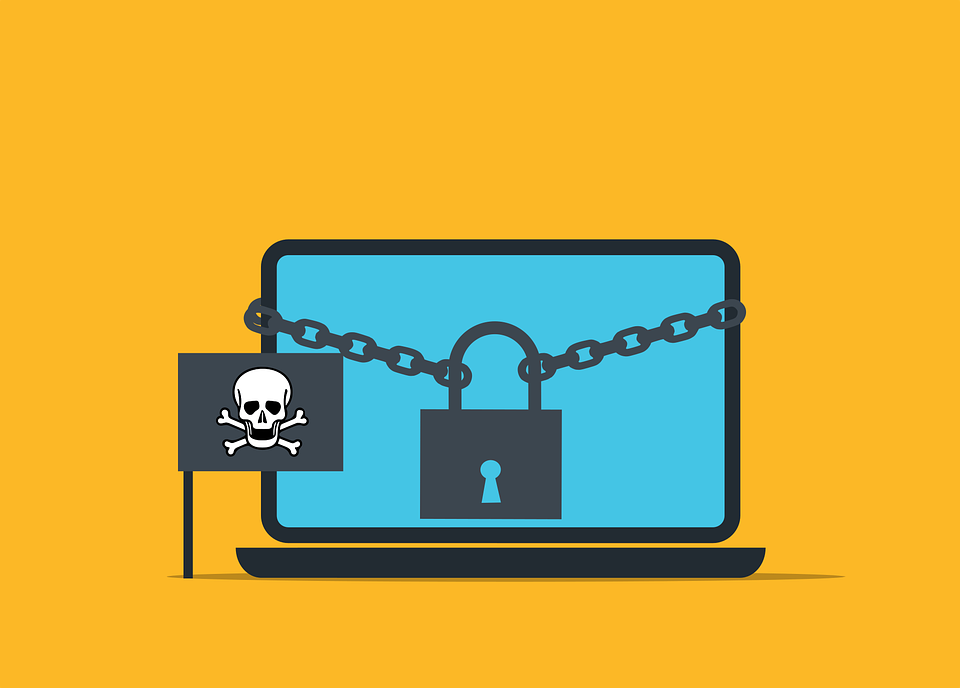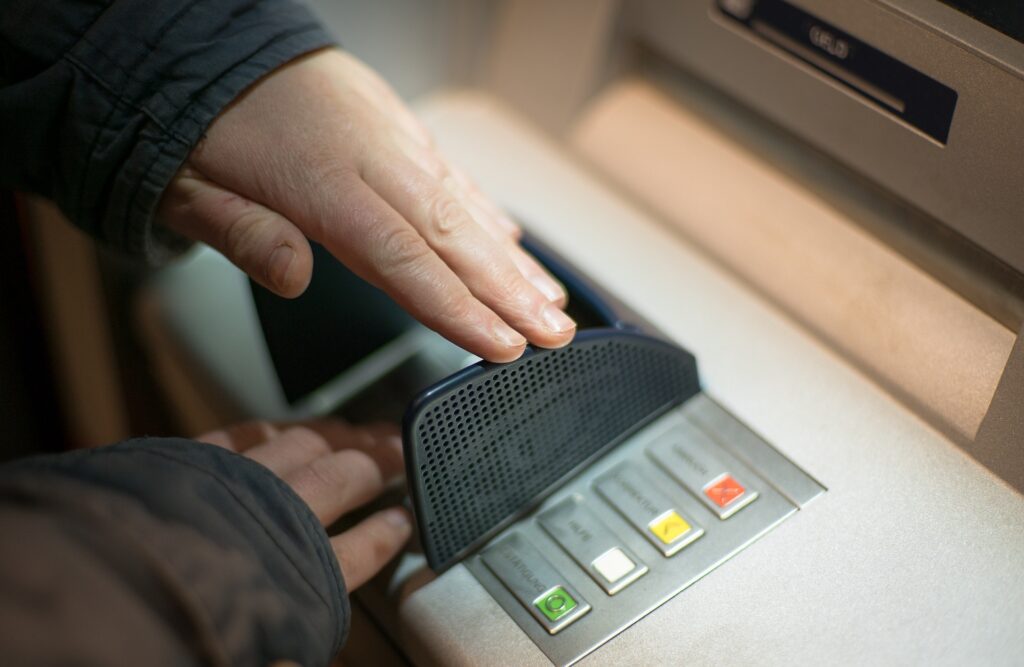
As long as money is involved, online stores will always be the target of cyber criminals.
Due to the fact that a large number of stores have only just gone online recently, the number of scammers is rapidly increasing. Unfortunately, a good number of the market’s newcomers are easy victims owing to a lack of fraud prevention measures or just sheer ignorance.
According to Finances Online, successful e-commerce breaches grew to 27% and 48% for small and medium-sized companies, respectively. It further indicated that the annual loss from fraudulent internet activity amounts to more than $1 billion.
To protect yourself and your clients from potential fraud, safeguard your online business by adopting sophisticated fraud-prevention software or employing some manual tactics. This post will teach you crucial ways to avoid being a victim of cyberattacks. In addition, this blog article contains useful advice for preventing fraudsters from ‘breaking into’ your online business.
Without further ado, let’s dive in!
E-commerce fraud prevention software: Features and the best tools to find

Having a strong e-commerce fraud prevention software enables e-commerce companies to spot high-risk transactions and assess risk variables to avert and decrease fraudulent online activity. As users visit the shop, browse items, open profiles, log in, make a purchase, submit their details, and so on, the software operates in the background.
Along with significant prospects for corporate development, the ecommerce industry presents a high risk of vulnerability to online attacks. However, you secure your organization with minimal effort by using the correct fraud protection technologies.
Before we go any further, let’s go through the features and qualities you should look for when choosing the ideal fraud detection software for your business:
Device fingerprinting
Device fingerprinting is a method of capturing information about the device that a customer uses to place a purchase. The obtained data is then utilized in a risk assessment to detect scammers.
In addition, device fingerprinting assists you in understanding how users connect to your site or app by evaluating their software and hardware and establishing a cookie hash, device hash, and browser hash.
Workflow automation
A robust fraud protection software automates the delivery of order data, payment fraud checks, restriction of questionable gadgets, completion of transactions, termination of fraudulent orders, and other functions, allowing businesses to rapidly analyze even large volumes of orders.
In essence, automation plays a significant role in accelerating a business’s workflow.
Machine Learning
When real-time data is put into an anti-fraud tool, it should include built-in machine learning (ML) models that detect fraudulent activities quickly. These technologies outperform manual assessments because machine learning gives more agility and coverage in spotting a wide range of internet scams.
Over time, these systems “learn” to block illegitimate transactions while allowing legal ones. Many fraud management solutions employ machine learning and artificial intelligence (AI) to increase fraud detection and put the proper preventative actions in place without requiring a lot of manual interaction.
Easy integration
It should not be difficult to build and integrate a fraud control software into your current ecommerce or payment processing infrastructure. Indeed, numerous payment processing solutions offer embedded fraud prevention, which may significantly facilitate fraud management for firms.
Furthermore, e-commerce fraud protection software should support specialized platforms or application programming interfaces (APIs) that enable fraud detection and identification easier for online retailers.
Now that you’ve seen some key features of an e-commerce fraud prevention software, it’s crucial to know which of the best tools to utilize. Any fraud prevention approach is only as effective as the softwares you use to carry it out. Have a look at the list of some of the best fraud prevention softwares available in the market:
- DataDome
- Kount
- Signifyd
- Bolt
- ClearSale
- Sift
Most common e-commerce scams you should know

As e-commerce fraud continues to soar, online firms are increasingly becoming easy targets for fraudsters. With millions of personal credentials widely available on the dark web, the digitalization era has offered fraudsters with a great chance to keep perpetrating their acts of terror.
E-commerce fraud is truly showing no signs of losing steam. According to a recent Experian study, e-commerce fraud threats increased by 30% in 2017 as compared to 2016.
The first line of protection against ecommerce fraud is simply understanding what to look for. The following are some of the most prevalent frauds that online stores are susceptible to.
Account takeover fraud
Account takeover fraud occurs when a fraudster acquires a user’s saved login details on an ecommerce store. If the fraudster obtains the user’s passwords or personal information, the account information can be accessed, allowing the fraudster to make transactions or withdraw cash.
Whatever the reason, the implications of this form of deception are frequently swift and devastating. In this case, the unauthorized user’s goal is to make as many fraudulent transactions as possible before the victim shuts their account or freezes their payment method.
Chargeback fraud
Chargeback fraud occurs when a fraudster buys products from an e-commerce company and then seeks a chargeback after the delivery of the item. In such circumstances, the acquirer bank or credit card network will return the transaction to the “consumer” (the fraudster), but the shop must continue to pay the credit card network/bank the same amount.
The attacker creates disagreements that seem to be legitimate claims in chargeback fraud. They claim that the item was never delivered or inform the payment processor that the item was returned to the merchant (but never did).
Chargeback fraud is often referred to as “friendly fraud” because of the nature of the claims.
Clean fraud
The term “clean fraud” refers to deceptive transactions that look to be legal. This form of fraud is becoming more of an issue for businesses because most transactions are not identified or denied by blacklisted fraud accounts. This entails impersonating the card holder by utilizing stolen credit card information.
Fraudsters can obtain this data by enticing account holders to make a purchase on a bogus website, intercepting conversations between transaction participants, or even purchasing them on the dark web, which is only accessible through particular browsers.
Clean fraud is one of the fastest-growing and most serious concerns that businesses face, according to Chargebacks911.
6 Strategies for e-commerce fraud prevention in 2023

There are several technological and non-technical means for identifying and protecting an eCommerce firm from fraud attempts. However, the decision on which to use ultimately rests with the business owner.
They are as follows:
Be proactive
When it comes to fraud, ecommerce retailers cannot risk being reactive. With fraudsters always developing new malicious tactics and identifying potential weaknesses, it is vital to have a proactive preventive strategy.
Make certain that you are safeguarding clients who use traditional payment methods like credit cards and debit cards, as well as new payment methods like mobile wallets, cryptocurrencies, and gift cards. If you are unsure how to deal with the evolving fraud landscape, collaborate with experts or software vendors to establish a solid approach.
Invest in a fraud prevention software
Fraud protection software may be quite beneficial in ensuring that your company is not vulnerable to cyber assaults. However, while selecting fraud protection solutions, be certain that the tools you’re considering have been created to aid in the prevention of fraud on e-commerce platforms like yours. This way, you can ensure that the tool meets your company’s requirements.
Limit your daily orders
If you have so many orders from one consumer at a time, the problem will most certainly spiral out of hand. In this scenario, a fraudster may take credit card information and use it to make several purchases on your online business.
Limiting the quantity of client orders per day will help you spend less time investigating fraudulent activity. You also have adequate time to reject any questionable orders and request identification verifications.
Monitoring your accounts is another option related to restricting daily orders. As a result, you should check online profiles, bank accounts, and so on on a frequent basis.
Little is better
Collecting and storing as little client data as possible is one strategy to safeguard your shop against a data leak or hack. What you don’t have can’t be stolen by hackers. Collect just the information required to make a transaction and dispatch the goods. Avoid collecting Social Security numbers, birth dates, and other sensitive consumer information that isn’t absolutely essential.
Ensure strict PCI compliance
PCI compliance refers to a set of security standards established by the Payment Card Industry Security Standards Council that organizations must respect to process credit and debit card payments. This is not just a best practice, but also a necessity for all retailers who accept credit card data. Focusing on this should be your top priority if you are not familiar with PCI compliance.
PCI rules ensure that all card data stored by you is safe, and that classified data is secured throughout the transaction process. Encrypting cardholder data across open networks, using antivirus software, and restricting access to cardholder data to just essential people are all guidelines.
Adopt AVS
An Address Verification Service assists your eCommerce business in detecting fraudulent transactions by ensuring that the provided address matches the billing address associated with the bank. If the addresses do not match, the system rejects the transactions and classifies them as potentially fraudulent online payments. Your online store will avoid fraudulent credit card transactions this way.
Another address verification approach is to resist allowing non-physical shipping addresses. Unless they have something to conceal, customers of eCommerce shops have no issue providing an accurate address.
Wrapping up on 6 Strategies for e-commerce fraud prevention in 2023
Certainly, fraudsters’ attacks on online stores are becoming increasingly sophisticated. As ecommerce rises in popularity, so does the amount of assaults on web shops. However, ecommerce retailers are becoming more adept in their detection and deterrence of online thieves.
When you appreciate what ecommerce fraud is and why it is so common, as well as how to spot online fraud, you will be able to take the required actions to protect your online business from fraud.
 About the Author
About the Author
Martins Favour is a content writer for B2B SaaS brands. She finds a home in weaving worlds out of words. Stories are her life and LinkedIn is her favourite tool.



